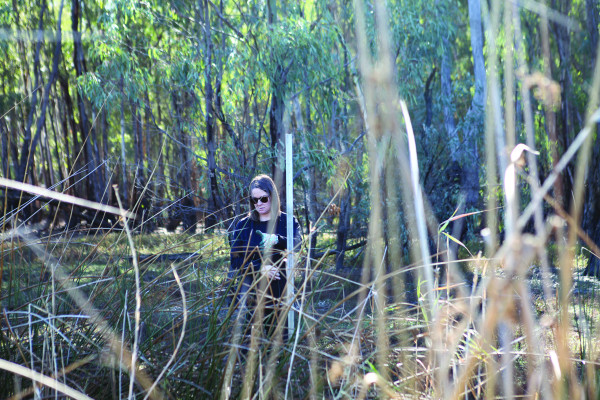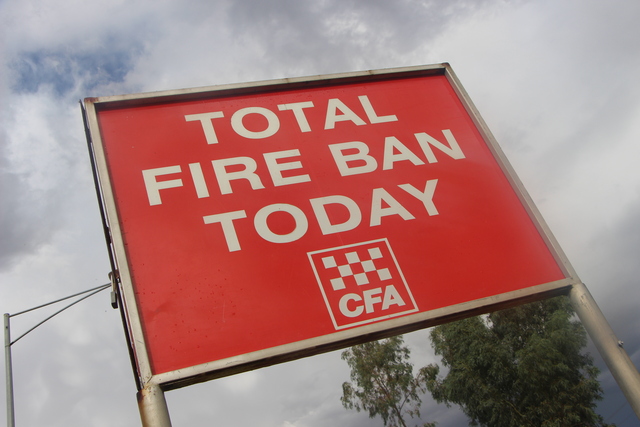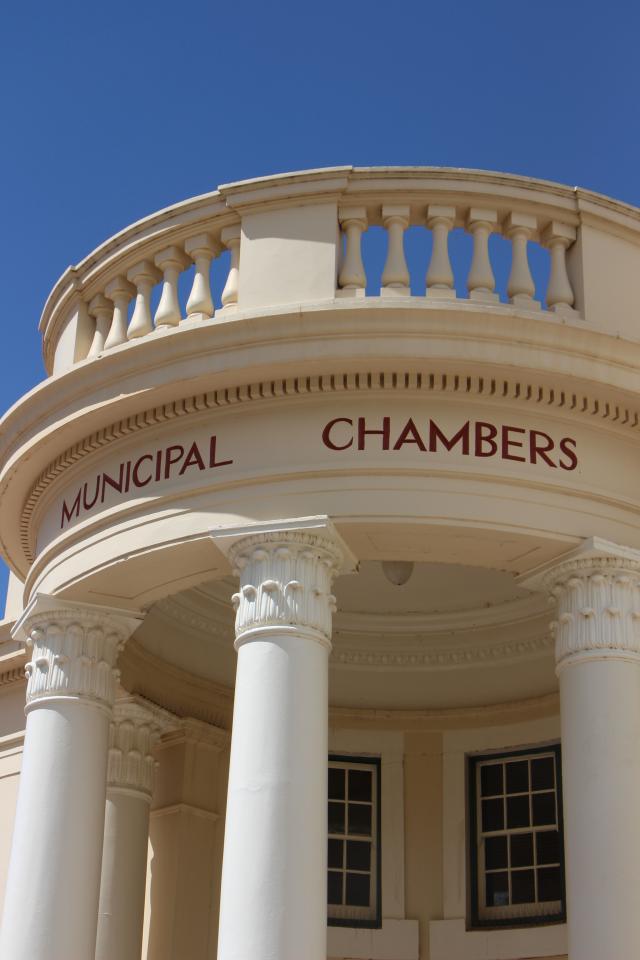THE reed beds are back in Reed Bed Swamp in Guttrum State Forest, and the plan is to keep them there.
Like many wetlands in north central Victoria, Reed Bed Swamp near Koondrook has deteriorated over the past century on the back of climate change, river regulation reducing the frequency and duration of flood flows, and impacts of historic land management practices.
As its name suggests, Reed Bed Swamp was once home to beds of rushes and reeds, and other aquatic vegetation, providing a refuge, feeding, and breeding spot for frogs, turtles, and waterbirds, such as the endangered Australasian bittern.
However, the vegetation that gives Reed Bed Swamp its name has not been seen in the wetland since the height of the Millennium Drought.
The North Central Catchment Management Authority has been working alongside local Barapa Barapa and Wamba Wemba First Nations people since 2015 to reverse the decline, improve the wetland, and protect it for the future.
“Reeds and other aquatic vegetation such as old man weed are important culturally as well as ecologically,” North Central CMA program delivery executive manager Rachel Murphy said.
“So, to be able to get to the stage we are at now with vegetation doing so well out there, is a great result.
“We have managed water for the environment flows as well as constructed exclusion plots to give the vegetation the best chance at survival, and it has worked.
“We had a First Nations person tell us recently the wetland is starting to look like it did when they were young, with a green carpet of vegetation and stands of reeds. That was really lovely to hear.”
The next stage in the protection of that vegetation is follow-up water for the environment, which began flowing into Reed Bed Swamp from temporary pumps on the nearby Murray River in mid-August.
“Maintaining that habitat as we come into spring is really important for a whole range of animals,” Ms Murphy said.
“We’ll be aiming for a shallow fill, up to about 60cm in the deeper parts, which is the right amount of water at the right time of the year to support native vegetation.
“Managing the flow this way with these pumps allows us to keep carp out, protecting the vegetation and helping it establish and set seed for future years.
“Water for the environment is more than just about adding water. Managing a wetland like this shows how important on-ground works can be in complementing flows.”
Reed Bed Swamp is one of the target wetlands for the proposed Victorian Murray Floodplain Restoration Project, which aims to help restore key local floodplains while keeping vital irrigation water in the community.
“It means that if the VMFRP project is approved, we’ll have a head start on making Reed Bed Swamp a healthy, diverse wetland which, in turn, can provide crucial habitat for floodplain animals and act as a seed bank for the rest of the forest,” Ms Murphy said.
The Reed Bed Swamp flows are authorised by the Victorian Environmental Water Holder in line with its seasonal watering plan.







